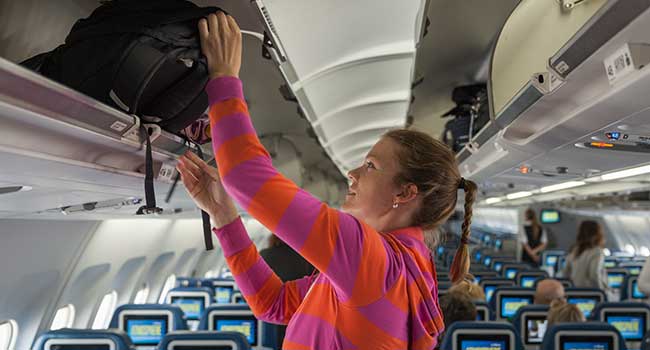
TSA Rolls Out Stronger Carry-on Screening at All U.S. Airports
In addition to removing electronics from bags, TSA now recommends separating foods, powders and items that clutter bags to ease the screening process.
- By Sydny Shepard
- Apr 20, 2018
The Transportation Security Administration (TSA) has announced the rollout of enhanced screening procedures for carry-on baggage. The secure measures, which began about a year ago, require travelers to place all personal electronics larger than a cell phone in bins for X-ray screening in standard lanes.
In addition to screening personal electronic devices separately, including laptops, tablets, e-readers and handheld game consoles, TSA officers may instruct travelers to separate other items from carry-on bags such as foods, powders, and any other materials that can clutter bags and obstruct clear images on the X-ray machine.
Travelers are encouraged to organize their carry-on bags and keep them uncluttered to ease the screening process and keep the lines moving.
"I am committed to continue raising the baseline for aviation security, and these enhanced screening measures enable TSA officers to better screen for threats to passengers and aircrew while maintaining efficiency at checkpoints throughout the U.S.," said TSA Administrator David Pekoske. "Our security efforts remain focused on always staying ahead of those trying to us harm and ensuring travelers get to their destination safely."
While it is possible that passengers may experience more bag checks and additional screening of some items, TSA officers conduct screening with quicker and more targeted procedures to secure passengers and their carry-on baggage.
About the Author
Sydny Shepard is the Executive Editor of Campus Security & Life Safety.